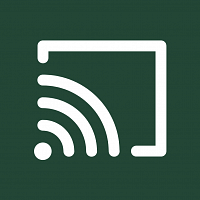With so much in flux, instructors' efforts to streamline and signpost in Canvas, communicate clearly and in regular patterns, and establish known make-up processes for absent students are more valuable than ever.
- Canvas: Organize your Canvas site in modules, and on overview pages for modules, identify (a) goals for each class period, (b) pre-work, (c) post-work, & (d) instructions for in-class activities. Having Canvas organized in this way and with these details already available supports learning for all students (regardless of absences) and saves time for student and instructor when absences are necessary. See these How-to Guides and Video Tutorials for more information on organization in Canvas.
- Communication: You are welcome to download and use these visual resources if they help to crisply communicate modality shifts to students.
- Attendance and Makeups: Post 1-2 standing assignments students can do for any class missed because of illness or quarantine. See and import the "Report Absences Here" module from Canvas Commons to streamline student communication around and planning for absences. Find examples of standing assignments students might do for any missed class on this TEP resource.



